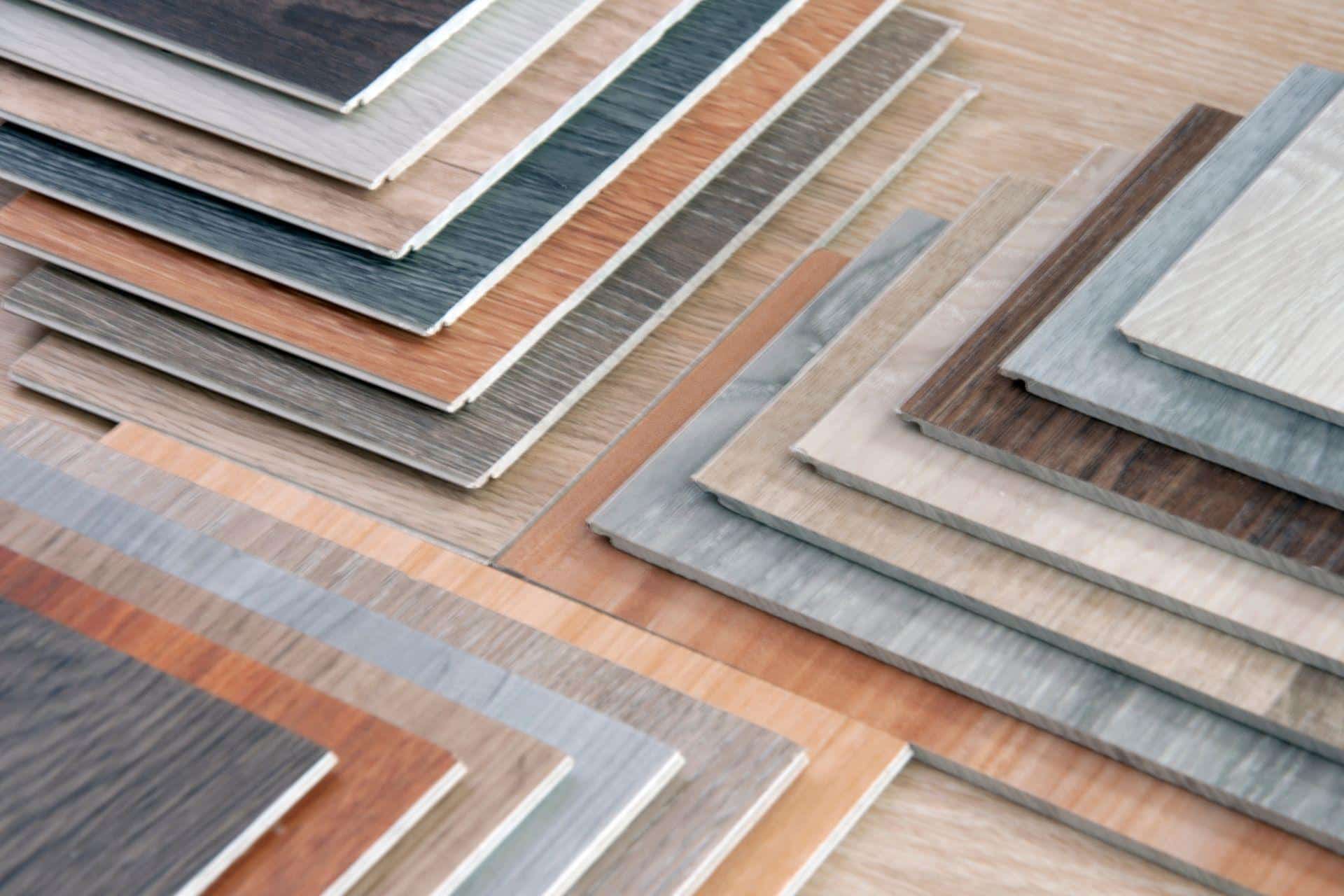
THE BEST KITCHEN FLOORING MATERIALS
Most people would prefer polished concrete floors in their kitchen but non-resilient floor surfaces such as concrete can wreak havoc on one’s joints especially in the kitchen where one tends to stand for extended periods. GBC Kitchen and Bath has come up with a list of softer and resilient kitchen flooring types that are both functional and stylish.
Kitchen Flooring Type
1. Rubber
Rubber flooring seems an unusual flooring choice for a residential kitchen, but it is becoming popular in homes. It is durable, springy, and soft, making it excellent for homeowners and staff who spend long hours in the kitchen. Rubber flooring comes in tile and sheet formats. GBC Kitchen and Bath recommend that the flooring should be sealed after initial installation, and then resealed every year or two.
2. Cork
Cork is an excellent choice for kitchen flooring because of its high-level cushioning. The material is harvested from the cork oak tree’s bark. It is available in a variety of textures, colors, and patterns and comes either in plank or tile formats. The material is resilient to damage but can occasionally become dented or scratched. The GBC Kitchen and Bath team recommend that you apply a layer of polyurethane or wax on the floors as well as placing felt pads on the feet of your furniture.
3. Vinyl.
Vinyl is a popular option. It is cheap and comes in a variety of styles, textures, and colors. Vinyl can come in either tile or sheet format depending on your preference. The downside of vinyl flooring is its short life span compared to other kitchen flooring materials. It is not as durable as the rest and can get damaged easily.
4. Bamboo
Bamboo is the best option if you are looking for a sustainable harvested material for the kitchen design floor. The best bamboo to use is moso bamboo as it is considered the most durable and hardest type of bamboo, suitable for your kitchen flooring needs.